Ants
IDENTIFY
Types of Ants
What do ants look like?
Ants That Bite or Sting

Acrobat Ant
Crematogaster spp.
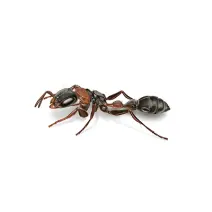
Elongate Mexican Twig Ant
Pseudomyrmex gracilis
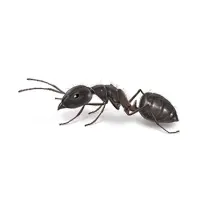
Moisture Ant
Lasius spp.
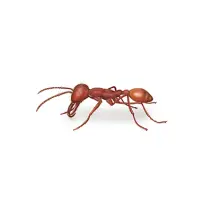
Army Ant
Ecitoninae spp.
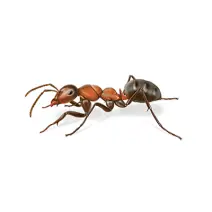
Field Ant
Formica spp.

Pavement Ant
Tetramorium caespitum.
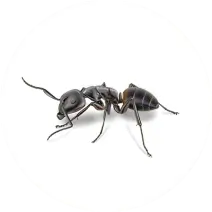
Carpenter Ants
Camponotus spp.

Fire Ant
Solenopsis invicta
Roger's Ant
Hypoponera punctatissima
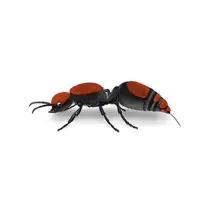
Cow Killer Ant
Dasymutilla occidentalis
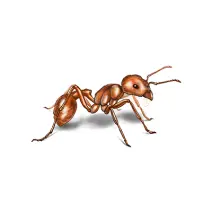
Harvester Ant
Pogonomyrmex spp.

Forelius Pruinosus
Ants That Don’t Bite or Sting
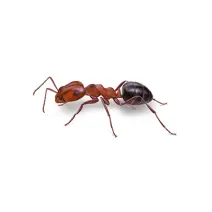
Allegheny Mound Ant
Formica exsectoides
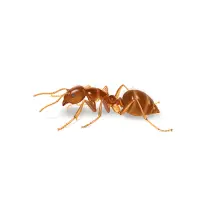
Crazy Ant
Paratrechina longicornis
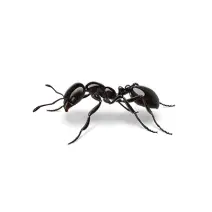
Little Black Ant
Monomorium minimum

Rover Ant
Brachymyrmex spp.

Thief Ant
Solenopsis molesta
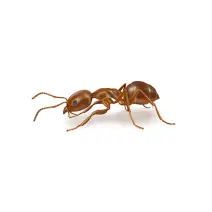
Argentine Ant
Linepithema humile
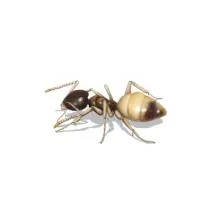
Ghost Ant
Tapinoma melanocephalum
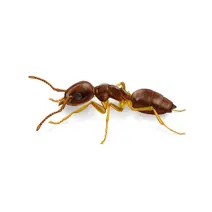
Odorous Ant
Tapinoma sessile

Small Honey Ant
Prenolepis imparis

White-Footed Ant
Technomyrmex difficilis

Bigheaded Ant
Pheidole spp.

Grease Ant

Pharaoh Ant
Monomorium pharaonis

Sugar Ant
Camponotus consobrinus
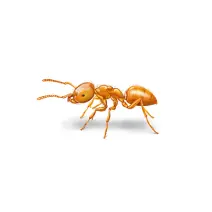
Citronella Ant
Lasius interjectus

Leafcutter Ant
Atta & Acromyrmex spp.

Pyramid Ant
Dorymyrmex spp.
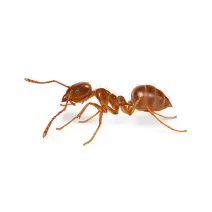
Tawny Crazy Ant
Nylanderia fulva
How do I get rid of ants?
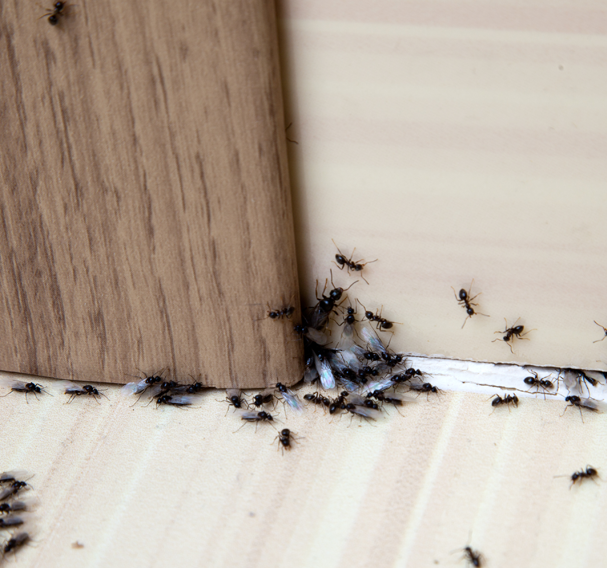
What First Choice Exterminating Does
Frequently Asked Questions
Some species, like carpenter and fire ants, cause additional problems. A carpenter ant infestation can do costly damage by chewing tunnels through wood beams. Fire ant stings that involve envenomation can cause pain and more serious symptoms that often result in allergic reactions to some people who are hyper-sensitive to ant stings.
- Entry: Ants can enter through even the tiniest cracks, seeking water and sweet or greasy food substances in the kitchen pantry or storeroom areas.
- Scent trails: Ants leave an invisible chemical trail which contains pheromones for others to follow once they locate the food source.
- Nest locations: They can nest about anywhere in and around your house; in lawns, walls, stumps, even under foundations.
- Colony size: Colonies can number up to 300,000 to 500,000, and whole colonies can uproot and relocate quickly when threatened.
- Colony Lifetime: A colony can live a relatively long lifetime. Worker ants may live seven years, and the queen may live as long as 15 years.
- Do it yourself effectiveness: Most do-it-yourself ant control approaches kill only the ants you see. Some truly effective treatments can penetrate and destroy nests to help prevent these pests from returning. Also, home remedies don’t account for the fact that different kinds of ant infestations require different treatments.
The ant life cycle has four distinct and very different life stages: egg, larvae, pupae and adult. This is known as complete metamorphosis. It generally takes from several weeks to several months to complete the life cycle, depending upon the ant species and environmental factors.
Eggs
A female ant that successfully mates with a male ant will become a queen ant that lays eggs. Fertile queens select a sheltered place to begin a nest (colony) and begin laying eggs. Ant eggs are very small – only about a half of a millimeter in diameter. The eggs are also oval, white and transparent.
Larvae
After about 1-2 weeks in the egg stage, a grub-like, legless ant larvae hatches. This stage has a voracious appetite, and the adult ants spend much of their time feeding the larvae with food and liquids they digest and regurgitate.
Pupae
After the larvae molts and shed their skin, they change into the pupal stage. Pupae appear somewhat like adults except their legs and antennae are folded and pressed against the pupal body. Initially, ant pupae are usually white, but slowly become darker in color as they age. Depending upon the ant species, pupae may be housed in a protective cocoon.
Adult
Once the pupal stage is complete, the adult ant comes on the scene. At the time of emergence, the adult ant is fully grown, but darkens in color as it ages. Adult ants are one of three different colony castes; queens, workers or males. Queens are fertile females that lay all the eggs in a colony. Workers are females that do not reproduce, but do gather food; feed the larvae; and maintain and clean the nest. Workers are wingless, and it is the worker stage that is seen foraging around for food or defending the colony from intruders. The male ants are winged, but their only job is to mate with the queens during the swarming process.

